Creating an Effective Content Calendar
Your heart is beating, your palms are sweaty, and the clock on your desk seems to be ticking louder than normal. You need to produce an engaging social media post for your company today but your busload of ideas stalled during your lunch break.
Nothing is more stressful than not being ready for an approaching deadline. What can save you from the glaring eyes of your boss?
An effective content calendar will help alleviate this stress from your life. Having a plan long before the deadline is something that we all strive to do but have difficulty keeping up on.
Facebook recently came out with a new Facebook Blueprints course to help social media marketers create and manage a content calendar. So, just what should you do to create a content calendar that will allow you to avoid the piercing stare of your boss?
Know your audience
You should do some research to understand a few questions about the audience and intended audience of your social media accounts including:
- Who your audience is and what they are interested in
- When your audience is engaging with social media posts and on which platforms
- How often your audience likes to see posts from businesses
- What types of posts they tend to engage with
The answers to these questions vary depending on your business and the kind of people you want to target. Since no two businesses are the same, it is up to each business individually to research and experiment with these questions.
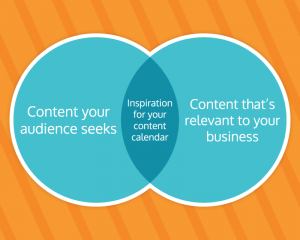
Your social media posts should focus on the intersection of the type of content your customers enjoy and the topics that are related and relevant to your business. Experiment with your posts to find that sweet spot.
Organize your ideas
When you understand your audience better, you can now start constructing a content calendar. You can use programs like Google Sheets or Microsoft Excel, or any other program that can create a table with rows and columns. Facebook offers a downloadable template that can help you get started.
Facebook suggests that there are 6 pieces of information that is needed in an effective content calendar. They are:
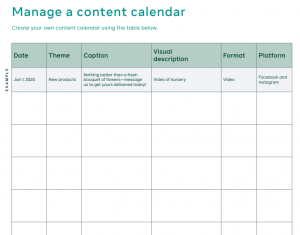
- Date
- Theme
- Caption
- Visual Description
- Format
- Platform
In deciding what content to use, it is recommended that you use a healthy mixture of content including curated, original and promotional content. Your audience will not like it if you talk about yourself all of the time. Put yourself in their shoes and be someone they can trust.
Remember that this is only a suggestion. Feel free to customize your content calendar by adding or taking away information so that your company can get exactly what it needs. The idea is to put down as much information as you need to make the creating and scheduling portion of your job easier.
Impress your boss
When you organize your ideas in a content calendar, you will have a great guide that you can lean on through the content creation process. It will give you enough time to efficiently create your engaging posts that will impress your superiors and your target audience.
You should have at least one month worth of content planned out the month before. That means that if it is June, you should have your content for July planned out on your content calendar. This does not mean that your ideas are complete and solid. Don’t be afraid to change your ideas if it doesn’t turn out to be what you want. Thinking a month ahead will give you enough time to get your best ideas out there.
An effective content calendar will ensure that your content goes out on time and will get rid of the stress of your boss breathing down your neck as the deadline approaches.
Don’t worry if you don’t have a whole month planned out right away. Start small and work little by little until you get to the point where you are able to regularly update your content calendar.
When you share engaging and interesting content consistently, people are more likely to have you in mind when they are in need of the services you provide. An effective, well-managed content calendar is one of the first steps in establishing these brand-to-consumer relationships that lead to business success.


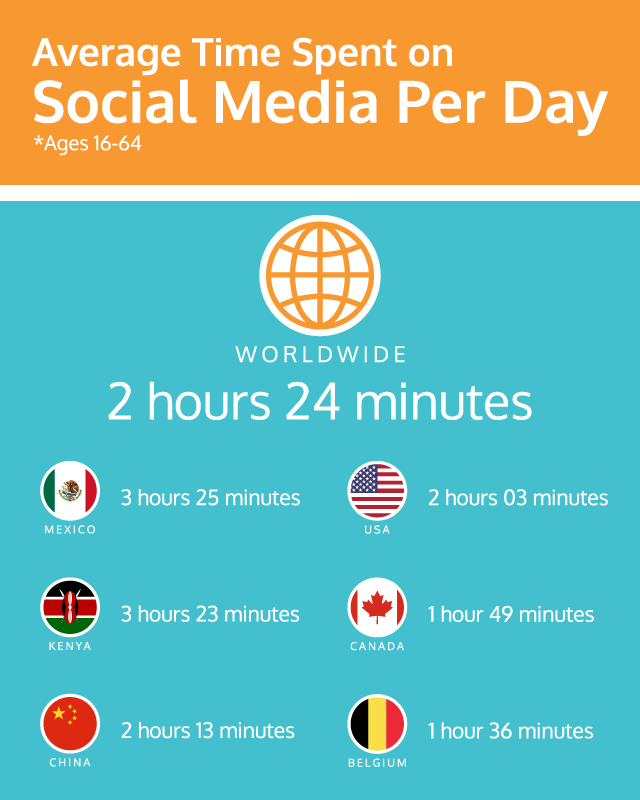 Even as businesses begin opening their doors again, traveling and social functions aren’t viewed with the same level of enchantment or allure as they have held in the past. Consumer spending has
Even as businesses begin opening their doors again, traveling and social functions aren’t viewed with the same level of enchantment or allure as they have held in the past. Consumer spending has 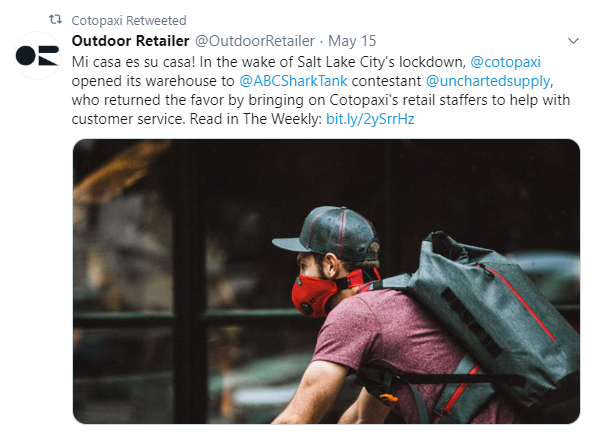 To survive the rapidly changing climate of retail,
To survive the rapidly changing climate of retail, 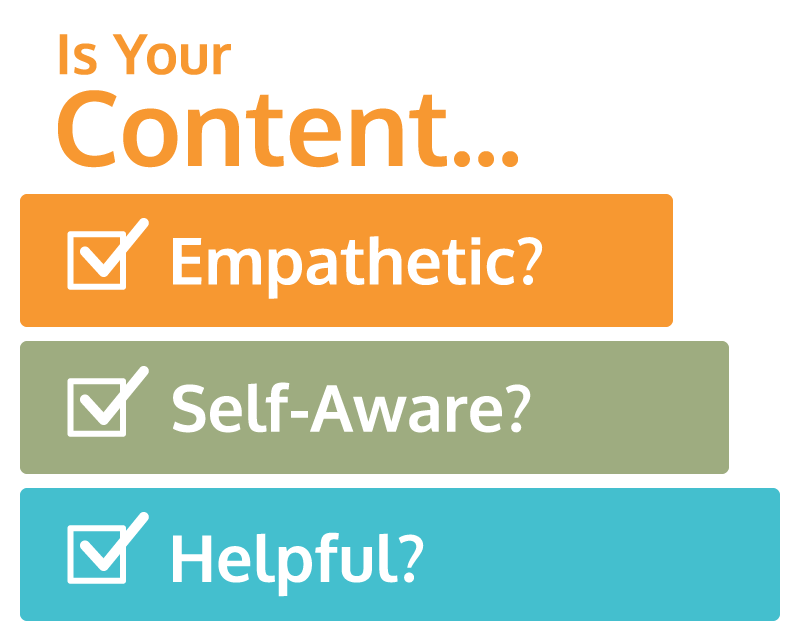 You most likely won’t need to change all of your creative and headlines to be about current events. But you will want to take some time to review and revise your content before publishing it to ensure that it’s sensitive to the world today and what people are going through.
You most likely won’t need to change all of your creative and headlines to be about current events. But you will want to take some time to review and revise your content before publishing it to ensure that it’s sensitive to the world today and what people are going through.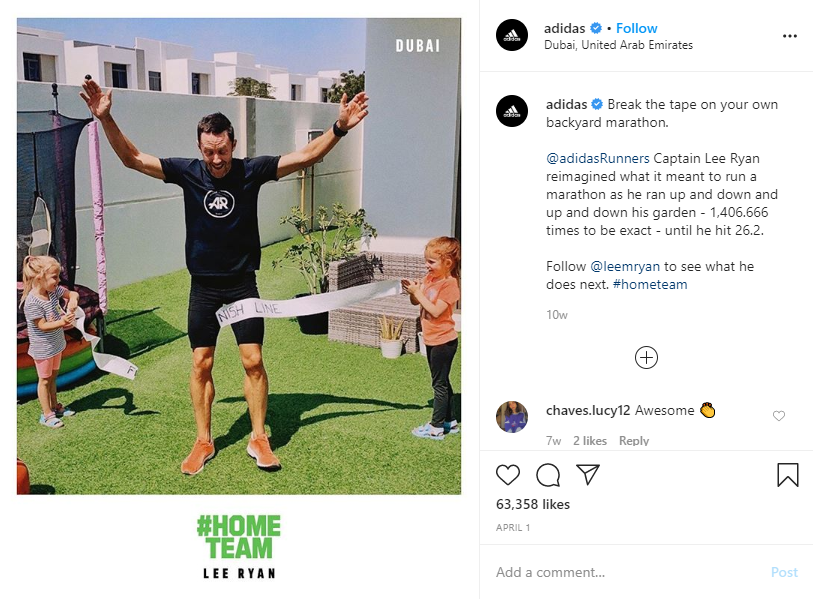 Adidas provided their followers with uplifting content through their #HomeTeam campaign. The campaign included images and videos of athletes and the Adidas team finding positive ways to adapt to spending more time in their homes.
Adidas provided their followers with uplifting content through their #HomeTeam campaign. The campaign included images and videos of athletes and the Adidas team finding positive ways to adapt to spending more time in their homes.  The ad quickly went viral earning over 7 million views in the first 24 hours and over 70 million views in 2018 alone, making it the
The ad quickly went viral earning over 7 million views in the first 24 hours and over 70 million views in 2018 alone, making it the  Coming up with marketing campaigns may seem challenging when your company is a delivery service. But UPS knows that they play an important role in delivering joy each holiday season!
Coming up with marketing campaigns may seem challenging when your company is a delivery service. But UPS knows that they play an important role in delivering joy each holiday season!  A mobile app by the name of
A mobile app by the name of 
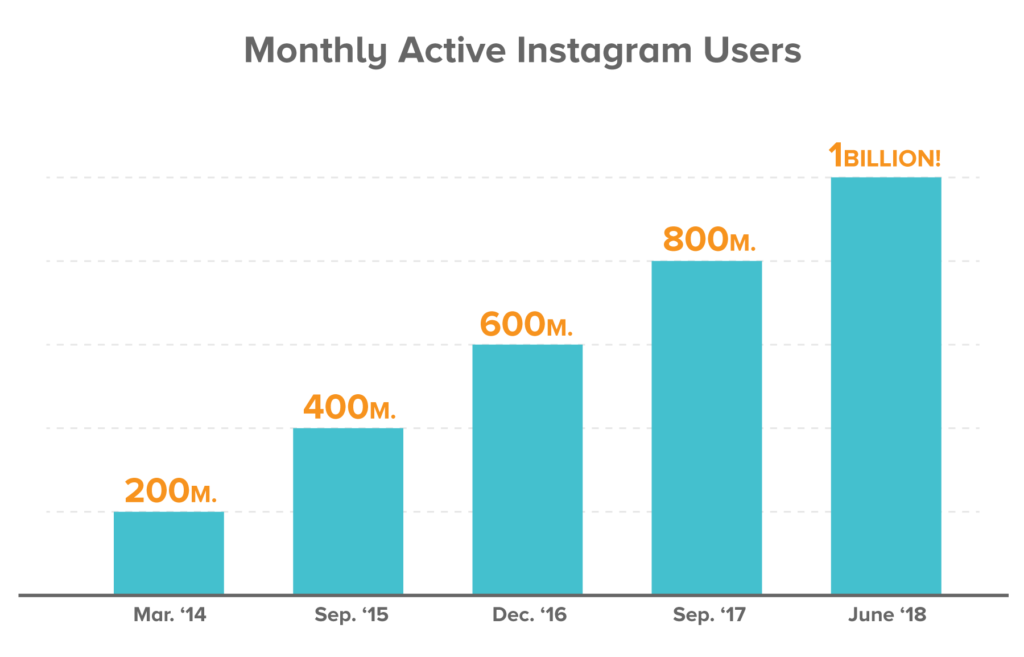 Early adopters of a new platform are often the ones who benefit the most from it. We all witnessed Instagram’s
Early adopters of a new platform are often the ones who benefit the most from it. We all witnessed Instagram’s